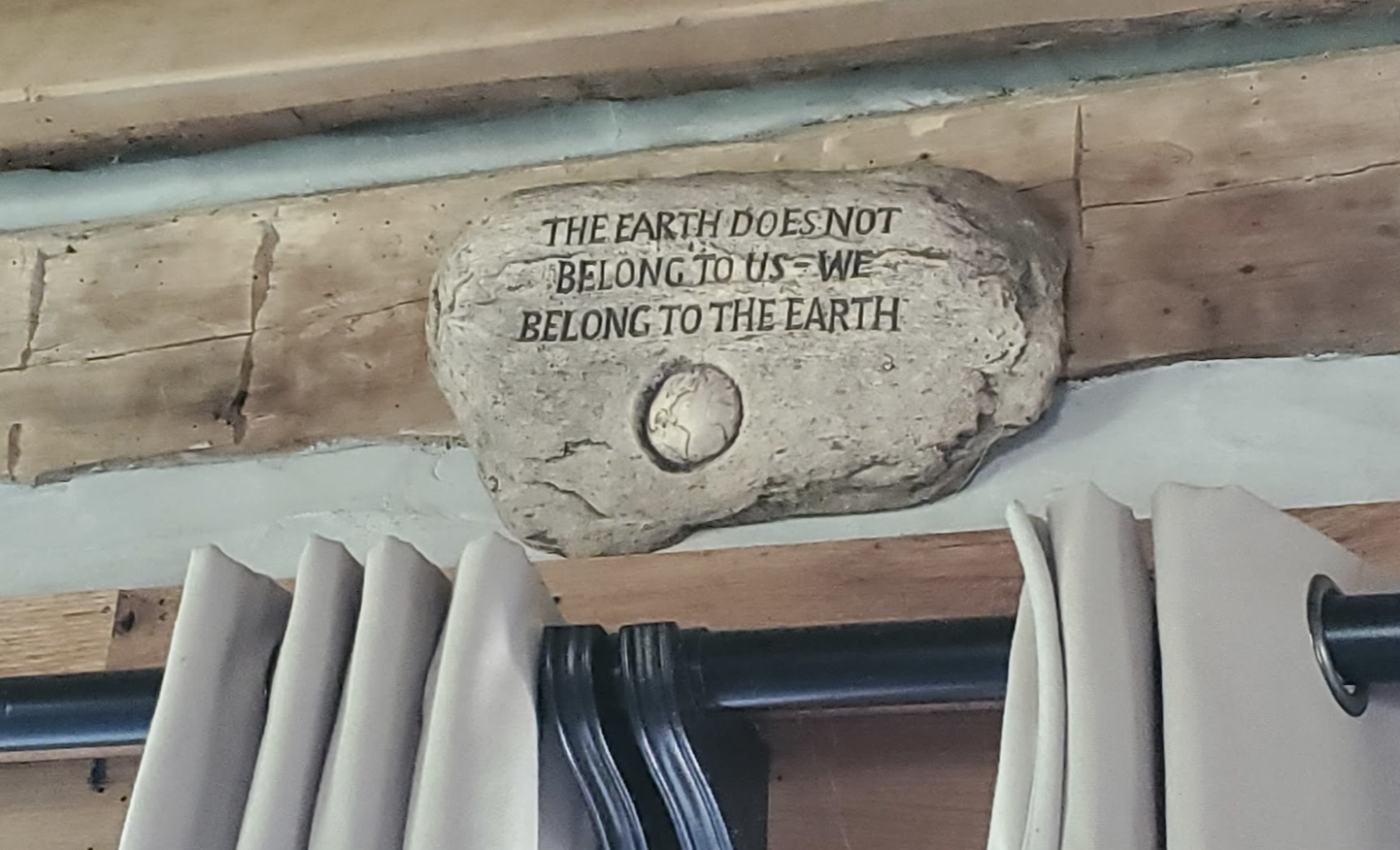
By: Karen Cohen

I learned a new word and I am a tad embarrassed that I didn’t know this sooner than now. Biophilia. Let’s break it down: a human tendency to interact or be closely associated with other forms of life in nature- a desire or tendency to commune with nature.
Well ok, then, I will assume the noun to describe myself. I love nature and commune with it on a daily basis. Living in the woods keeps my feet on the ground, literally, and my senses filled with smells, sights, sounds of, you guessed it, nature. Do you take long walks along the river trail? Do you plant a garden of flowers or veggies? How about feeding birds or butterflies? Are your mushroom logs ready to sprout? Even mowing your lawn is a way to connect with nature! You are a biophilic! Welcome to the club.
Biophilia happens inside your home, too. Large windows provide lots of light but also lend a mucho grande view of your lush yard or backyard garden. Indoor plants bring living beings close to you especially in the dreary winter months. They offer a type of companionship, something to care for, dote on, etc., without demanding much in return ‘cept for a glass of water every few weeks!
Dig this: plants that are red, purple, pink, green, and white are purported to lower blood pressure and boost your mood. Amazing! Go get a peace lily, snake plant, or aloe plant. They require almost nothing and will absorb carbon dioxide while releasing oxygen. And they just look good in a sunny corner of your house or porch.
We can strive to become a biophilic and yes, it is contagious. Somehow this topic is not taught in school but gets handed down from parents and grandparents. Kids love treehouses- build one for them. A tree swing can provide time for a child to indulge their imagination rather than idle hours looking at a screen of sorts. Start a family project of identifying trees by collecting their leaves. Keep a diary of the various birds you hear and see flitting outside your home. Go for daily walks: after dinner time is great for exercise and observing the world around you. Find one new thing in nature every day and discuss it. Learning is ongoing no matter how old you get.
Another way to connect with nature and all things natural is to consider what actions you take when you do interact with nature. Do you strive to help or harm nature? Research tells us that almost half of the land surface of earth has been touched by human hands in some way. Humans tend to believe that we “own” the earth and so we fight to “tame” it and control it when, in fact, we are part of the whole ecosystem. If the human race goes extinct, the earth will live on without us.
Biodiversity is disappearing. 93% of agricultural seeds are extinct. Some seeds are patented and can no longer be traded in private hands. Land mass across the globe have been continually deforested and stripped of natural indigenous plant life and hence, animals disappear too, without food sources. It takes 120 years for a forest’s diversity and its soil to fully recover after clear cutting.
Monoculture has reigned supreme. Maize (corn) is USA’s most grown and consumed crop with 1.4 billion tons produced worldwide. It dominates our landscapes. With high yields, corn is easy to grow. About 40% of the amount grown goes to hogs, chickens, and cattle. Roughly one acre of a standing corn will provide 100 cows with food for ONE DAY.
Again we ask ourselves, what can we do to help and what are we doing to harm nature? Nature is what gives us everything we need to live: clean air, clean water, clean food, and sunlight. Let’s not leave out BEAUTY! It’s all here for us to use wisely, share indiscriminately, and protect for future generations of all life forms, humans included!
(Karen Cohen writes her gardening journals called Nature’s Way. An organic gardener, forest bather, and avid nature explorer, please send your comments and tips to natureswaykaren@gmail.com. And Happy Growing!)

